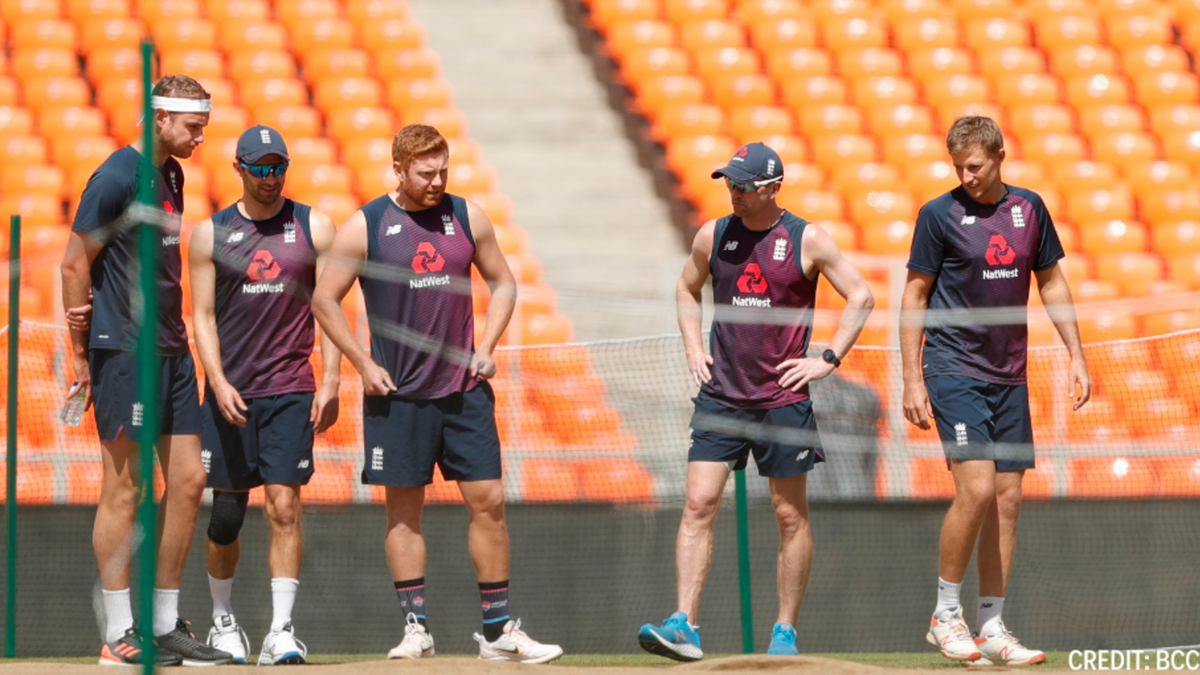
After back-to-back defeats in which England have failed to pass 165 in a single innings, you’d be forgiven for forgetting that England are still able to level the series with a victory in the final Test at Ahmedabad.
And while their hopes of reaching the inaugural World Test Championship final are over, a series-levelling victory would represent a high point in the Root-Silverwood era, as well as giving England a realistic chance of reaching the summit of the ICC’s Test rankings later in the year.
Partly due to their rest and rotation policy, England have made four changes after both the first and second Tests of the series. With no changes to the make-up of the touring group after the third Test, they are unlikely to make as many changes for the series finale, but they do still have a number of selection dilemmas to ponder over.
Who bats in the top three?
Aside from Dom Sibley’s 87 in the opening Test, only Zak Crawley of the five batsmen deployed in the top three has since passed 35. Jonny Bairstow, brought in for the third Test after a period back in the UK after the Sri Lanka series, registered a pair in the day/night Test, falling to Axar Patel in both innings.
It would be harsh to discard Bairstow after just one Test – especially when you consider how little cricket he played between the Sri Lanka series and his return – but recalling Rory Burns remains a viable option for England to consider.
The make-up of the attack?
England went into day/night Test with just one frontline spinner, a decision that looked increasingly suspect as the game unfolded. The thinking at the time must surely have been to play to their strength – their seam attack – given the likelihood of the pink ball swinging prodigiously early on. Ben Foakes has said that England expect a similar surface for the second Ahmedabad Test, and while Joe Root showed that he can be far more than just a part-time option on turning tracks, you’d think England will want to bolster their spin attack should they encounter a similar surface, at the expense of one of the specialist quicks.
If England play two spinners, who partners Leach?
Dom Bess would be the obvious player to turn to but his omission from the second and third Tests – despite his excellent record this winter – may have been an indicator of Root’s faith in the young off-spinner at this moment in time; Bess was particularly expensive in the fourth innings of the first Test.
Bess, who has taken 17 wickets at 22.41 this winter, would also add a much-needed extra layer of protection to the side’s tail. In the third Test, England fielded a tail of Jofra Archer, Jack Leach, Stuart Broad and James Anderson with Archer (Test match batting average of 7.75) batting at eight.
Though not officially in the squad, England could choose to field either of the uncapped spinners – Matt Parkinson or Amar Virdi – who are listed as reserves for the tour but are with the group in Ahmedabad. Parkinson, a 24-year-old leg-spinner who has played white-ball cricket for England, has a first-class bowling average of less than 26, meanwhile, Virdi played a key role in Surrey’s 2018 County Championship winning campaign at the age of 19.
Which quicks?
England have fielded four specialist quicks so far this series – Broad, Archer, Anderson and Olly Stone – while Mark Wood has yet to get on the park. Whether they field two or three frontline pace bowlers, they’ll still have some tricky decisions to make. Anderson, who helped bowl England to victory in the first Test, is the most likely to play, especially given how sparingly he was used in the day/night Test.
England, you’d think, would still like to play one of the express quicks. Wood, who bowled well with little reward in Sri Lanka, could be the man to come in, as could Stone, who was excellent in the second Test defeat in Chennai.








